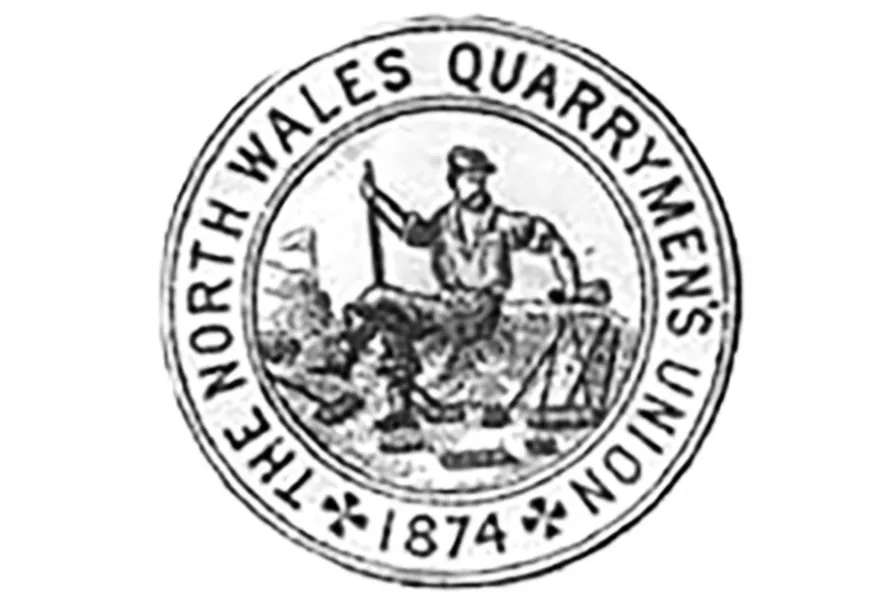Campaigners urge Labour ministers not to entertain Tory and Reform UK's ‘racist’ calls to strip human rights activist Alaa Abd Fattah of his citizenship over decades-old social media posts


ON SATURDAY, in the shadow of Yr Wyddfa/Snowdon, an audience packed into an old industrial workshop in Llanberis to hear historian Professor Merfyn Jones tell the stirring tale of the North Wales Quarrymen’s Union. Exactly 150 years after the union’s foundation, his talk outlined the heroic story of its formation and struggles.
The event was held at the National Slate Museum, the workshops of the former Dinorwig Quarry, which now celebrates the slate industry and the communities which created it.
Around it the scarred rockfaces, recently granted World Heritage Status, looked down on the location. But this striking landscape was also one which had taken the health and lives of countless workmen through industrial accidents and disease.

Peter Mitchell's photography reveals a poetic relationship with Leeds












